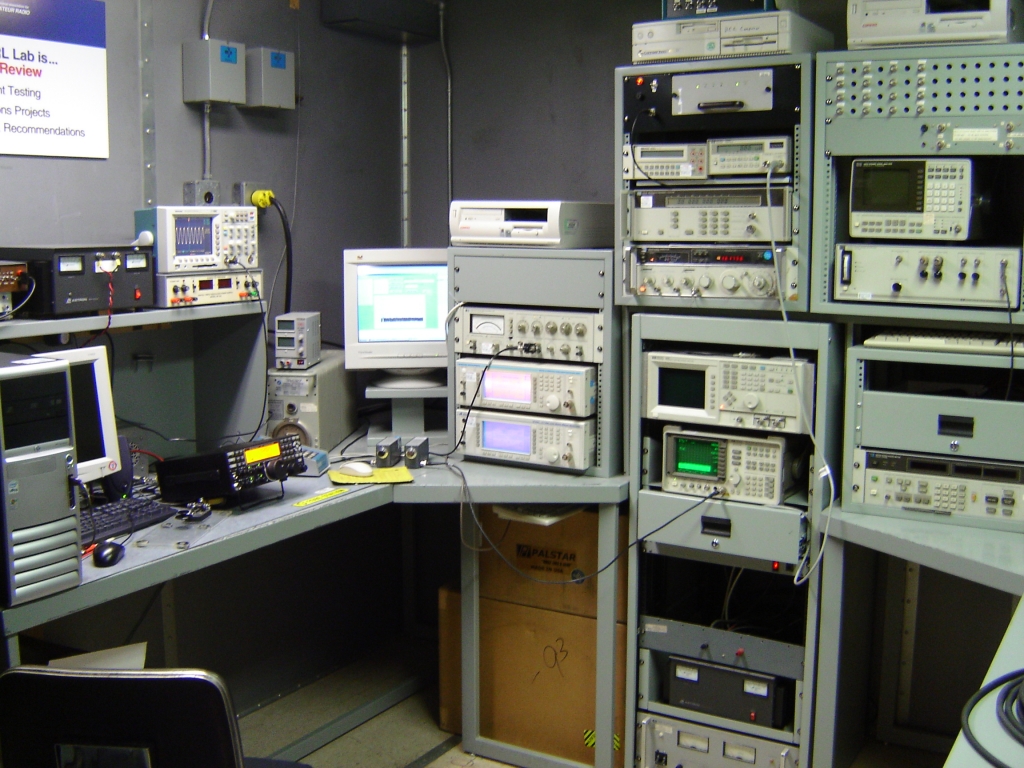Modern transceivers incorporate many features that not long ago were considered accessories: CW keyers and SWR meters come to mind. John Curtis, K6KU, created an electronic iambic-keyer circuit and subsequently offered an IC chip to do the job. He revolutionized keying, as we know it.
Born in Bradford, Pennsylvania in 1930, John Curtis became the typical boyhood ham. He and several high school friends got licenses at the same time, then built and operated Amateur Radio equipment. Then other things — work and college — came along and John did not attain the Extra Class license until later in life. He decided to get a feel for the requirements of the Extra Class test by undertaking a circuit design project. John built a keyer circuit and learned about digital electronics.
His prototype worked. In fact it worked quite well, according to his ham radio friends. They convinced him to produce keyers. With prototype in hand he put an ad in Ham Radio Magazine announcing the Curtis Electronic Devices EK-38. The -38 was John's age — a product numbering scheme that would continue. Ham Radio reported there was a slight problem with the ad. The name Curtis Electronic Devices was too long for the small ad. So with a swipe of an eraser, Curtis Electronic Devices became Curtis Electro Devices.
John spent many hours preparing to produce the EK-38 and keep his normal day job as well. But eventually he formed his own business. The EK-38 was a great keyer, but it only had dit memory, and lacked weight control. Many hams were interested in weight control because various transmitters had different keying characteristics. In 1969 he introduced EK-39. It included dah memory as well as weight control.
Scratch Memory
What else could a ham want from a keyer besides dit and dah memory weighting? Memory of course. In the late '60s, memory? Yes, memory. The EK-39 was modified to include a special-order memory feature. But the technology was just emerging for read-only-memory (ROM). In fact the first EK-39M keyers were programmed with "SC-ROM." Hams who ordered his keyer might have been surprised to know that Curtis used a pin to scratch their call signs into a ROM chip that was positioned under his microscope — hence the name SC-ROM. A programmable diode matrix and ROM soon replaced this tedious process.
Curtis' electronic keyer business soon had a loyal following. Quite a few hams followed Curtis' every move and would order any new keyer he created. More success followed. The EK-402 had a 20-character programmable memory. It sold for $289.95 in 1971.
Up to this point, Curtis could have been just another keyer designer but what happened next was truly revolutionary. John had established a lot of contacts while working at Signetics in the '60s. These paid off for him when he decided that a keyer circuit could be implemented on a chip. He started with not one design, but two. The 8043 and the 8044 were announced at the same time. The 8043 was designed as a completely custom integrated circuit in CMOS. At the same time, International Microcircuits was looking for a chip in which to test their gate array technology. The first chip down the line was the 8044, produced for Curtis. The 8043 worked first try. It was limited to dit memory, and sold for $7.95 in quantities of 50 or more in 1973. The 8044 also worked right off the bat. It offered dah memory in addition and sold for $24.95 in 1975. The 8044M was introduced in 1980. M stood for meter. A meter could be hooked up to a pin of the 8044M to indicate sending speed.
In 1981 Curtis found that many people liked the mode B keying characteristics of Ten-Tec, Heath, Nye, and Accu-keyers. Mode B simply added an extra dit or dah when the operator stopped sending — depending on which was sent last. If a dit was sent last, an extra dah would be sent. If a dah were sent last, a dit followed. John's keyers did not do that, so he added the feature in the 8044B (according to John, Mode B was actually a design error by an unnamed company). Curtis introduced several keyers incorporating his new full-featured ICs. The first was the EK430 incorporating the 8043 chip. John also introduced a fully integrated keyboard chip called the 8045.
Problem Across the Pond
Finally in June 1982 Curtis Electro Devices produced its last keyer, the Lil' Bugger. Offered as the K5 or K5B, it incorporated the 8044 or the 8044B chip, respectively. It sold for $39.95 and was quite popular. The company had relatively few manufacturing problems. John tried overseas production of his circuit boards and encountered quality control problems. In England where the keyer was quite popular, the name Lil' Bugger wasn't acceptable, and hams there asked John to ship the unit in unmarked boxes.
The K5/K5B was the last Curtis keyer. But wait, there was another Curtis chip — the one that probably was best known — the 8044ABM. This final keyer chip was introduced in the spring of 1986. It incorporated selectable A or B modes and the speed meter. This truly was a top of the line chip, and became an industry standard. However, microcontrollers debuted in the '80s and Curtis chips were no longer in demand. John stopped selling them. MFJ purchased the 8044 line and now offers several Curtis keyers in its product line. Curtis ceased operations April 1, 2000.
This article was originally published February 5, 2002.
Brad Mitchell, N8YG, an ARRL member, and co-inventor Gary Diana, N2JGU, started Embedded Research Co and developed the TiCK keyer-chip line. Mitchell studied the Curtis Electro Devices products to learn as much as possible about their design and the history of iambic modes A and B before creating his own chips. Mitchell is no longer associated with Embedded Research Co. He can be reached at 7 Mission Hill Dr, Brockport, NY 14420-1558.
P.O. Box 425
126 Railroad Street
Thomson, GA 30824
Sales@TestParts.com
Tel: (706) 361-0825


















